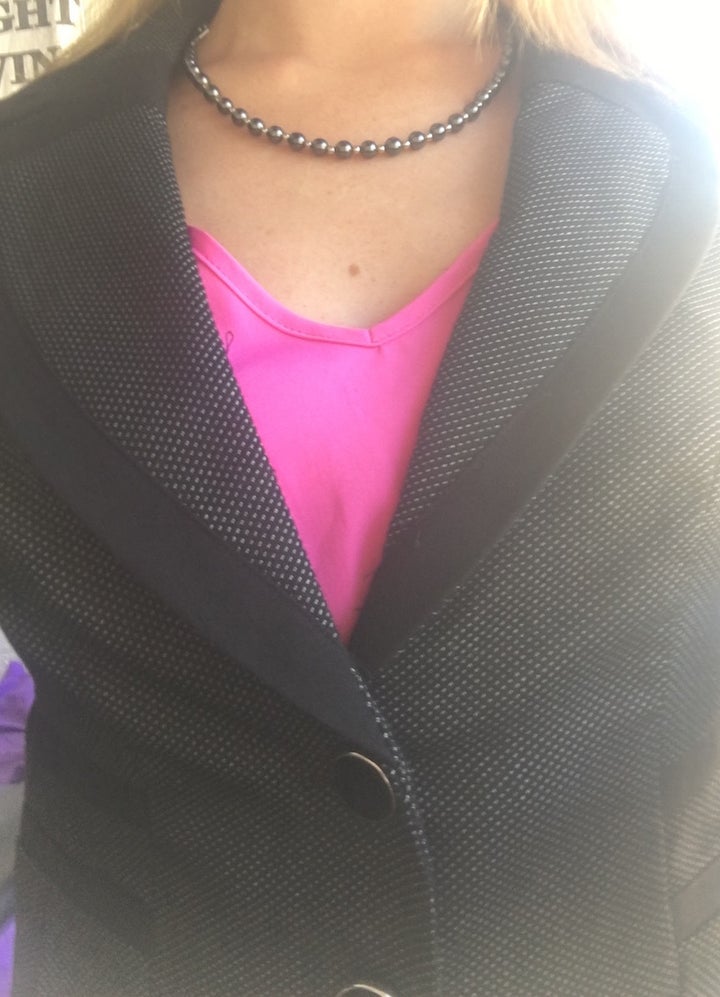
Women in Male-Dominated Professions.
In the late 1800s, Myra Bradwell’s application to the Illinois bar was rejected solely because she was a woman. The Supreme Court of the United States rejected her Fourteenth Amendment challenge, stating that “G-d designed the sexes to occupy different spheres of action, and [...] it belonged to men to make, apply, and execute the laws.” [1]
Today, the majority of employed women still predominate in traditionally female occupations (e.g., nursing and secretarial support) and remain the exceptions in other fields. [2] Consequently, women in male-dominated professions walk a thin line — struggling to perform like men in careers with masculine designs for success, while simultaneously acting like women.
Femininity Failure.
Ann Hopkins, an accountant at Price Waterhouse in the 1980s, was one woman who failed to walk this line properly. Hopkins brought a sex discrimination suit under Title VII, arguing that she was denied partnership because she failed to conform to sex stereotypes.
Her evaluators referred to her as “macho” and commented that her “aggressiveness [...] spilled over into abrasiveness.” [3] One man even advised that she could improve her partnership prospects by walking, talking, and dressing more femininely. [4] To Price Waterhouse, wearing makeup and jewelry were more important than the $25 million contract that Hopkins secured with the Department of State. [5]
The Supreme Court recognized the injustice, holding that sex stereotypes — when proven as standards for professional advancement — are a form of sex discrimination under Title VII. [6] The ruling signifies that it was enough for Hopkins to be good at her job; she did not also have to be good at being a woman.
The Persistence of Sex Stereotyping.
Despite the outcome of Hopkins, sex stereotyping persists in nearly every employment decision. In fact, women may be most vulnerable to discrimination even before they begin the job — in the interview phase.
In a recent study, Psychology of Women Quarterly found that negative stereotypes persist at an implicit level, which disadvantages women with leadership aspirations. This is because “men are more likely to be associated with [...] authority roles, [...] power, and agentic traits, whereas women are linked with family, subordinate roles, egalitarian structures, [and] warmth [….]” [7]
How should women demonstrate to interviewers that their professional capabilities cannot be reduced to female stereotypes? Can they accomplish this without turning into Ann Hopkins?
No Way to Win?
Modesty. Women frequently hesitate to underscore their achievements out of fear of appearing arrogant. [8] Highlighting accomplishments seems particularly unattractive when women do it. [9]
Yet modesty is often associated with lack of confidence. Interview Success Formula confirms, “Interviewer[s] may wonder whether this lack of confidence is caused by actual lack of skill to do the job.” [10]
“We” versus “I”. Similarly, female applicants frequently use “the royal we” to describe their professional successes, since “we” is considered more feminine than “I”. After all, it is more humble to share, as opposed to hog, the credit. [11] One risk of “we,” however, is that interviewers may wonder how much a woman personally contributed to an achievement, while they will not doubt the man who can more acceptably use “I”.
Disclaimers. Many women also resort to disclaimers to display femininity. Disclaimers avoid potential disagreement [12] since they dissociate the speaker from the viewpoint and surrender authority.
For an example, I have noticed women’s use of disclaimers (and men’s lack thereof) at law firm recruiting dinners. One male candidate’s response to a question was, “The reason is...”, whereas a female candidate’s parallel was, “I could be wrong, but possibly the reason is…”
Career coach Dr. Dory Hollander calls this, “testifying against yourself,” and explains that disclaimers project self-doubt and stop interviewers from fully hearing responses. [13]
Speaking indirectly serves a similar purpose, and women who do so risk diluting their messages. [14]
Appearance. Unlike speech, appearance is a method of silent communication.
Assuming a male applicant conforms to the standard uniform of a suit, tie, and short hair (and most do conform), very little about his appearance can be held against him. In contrast, women do not have a standard uniform. A more masculine style of dress – a pants-suit, no makeup, and flat shoes – might leave the impression of an “improper woman.” Oppositely, Patricia Cook, CEO of an executive recruiting firm, states that women commonly make the mistake of appearing “too flashy.” [15] A more feminine style of dress — a tight-fitting outfit, clunky jewelry, and heavier makeup — may cause an interviewer to think the applicant is flaunting her sexuality inappropriately.
Finding the right balance is far from simple.
Temporary Solution: Mixing & Matching stereotypes
The twin goals in an interview for a male-dominated job are (1) to avoid being Ann Hopkins, yet (2) to simultaneously demonstrate an ability to perform like a man. To clarify, I do not condone sex stereotyping, but until we succeed in its elimination, I argue that the best way to achieve the twin goals is to present a mixture of both male and female stereotypes — in combinations tailored to the individual.
Personally, I know that my interviewing voice is authoritative, and my body language exudes confidence. To balance out these “masculine” traits, I leave my long hair down, wear heels, and smile constantly to soften my natural toughness and avoid potential accusations of RBF (Resting Bitch Face).
Another woman may present herself best by using “the royal We” while simultaneously describing all of her relevant accomplishments in detail.
The key is to avoid over-saturating an interview with too much masculinity or too much femininity. This is easier said than done, but being conscious of it, and perhaps pre-selecting which male and female stereotypes to utilize in an upcoming interview, can help.
Which and how many female and male stereotypes a woman is comfortable using is a personal decision, but communicating leadership, confidence, and competence in some way, shape, or form, should be a part of every female applicant’s formula for winning the interview!
-------------------------------------------------------------------
[1] Bradwell v. Illinois, 83 U.S. 130, 132 (1872).
[2] Catherine A. Mackinnon, Sex Equality 171 (3rd ed. 2016).
[3] Price Waterhouse v. Hopkins, 490 U.S. 228, 234-235 (1989).
[4] Id. at 235.
[5] Id. at 233
[6] Id. at 258.
[7] Ionna M. Latu et al., Gender Bias in (Inter) Action: The Role of Interviewers’ and Applicants’ Implicit and Explicit Stereotypes in Predicting Job Interview Outcomes, 39 PWQ 539, 540 (2015).
[8] Jenna Goudreau. Worst Interview Mistakes Women Make, Forbes (Dec. 09, 2008), http://www.forbes.com/2008/12/09/women-mistakes-interviews-lead-careers-employment08-cx_jg_1209women.html.
[9] Alan Carniol. Tips for Communication Confidently with Male and Female Job Interviewers. Interview Success Formula (Sep. 20, 2016), http://www.interviewsuccessformula.com/job-interview-tips/tips-for-communicating-confidently-with-male-and-female-job-interviewers.php.
[10] Id.
[11] Id.
[12] Id.
[13] Goudreau, supra note 8.
[14] Carniol, supra note 9.
[15] Goudreau, supra note 8.
